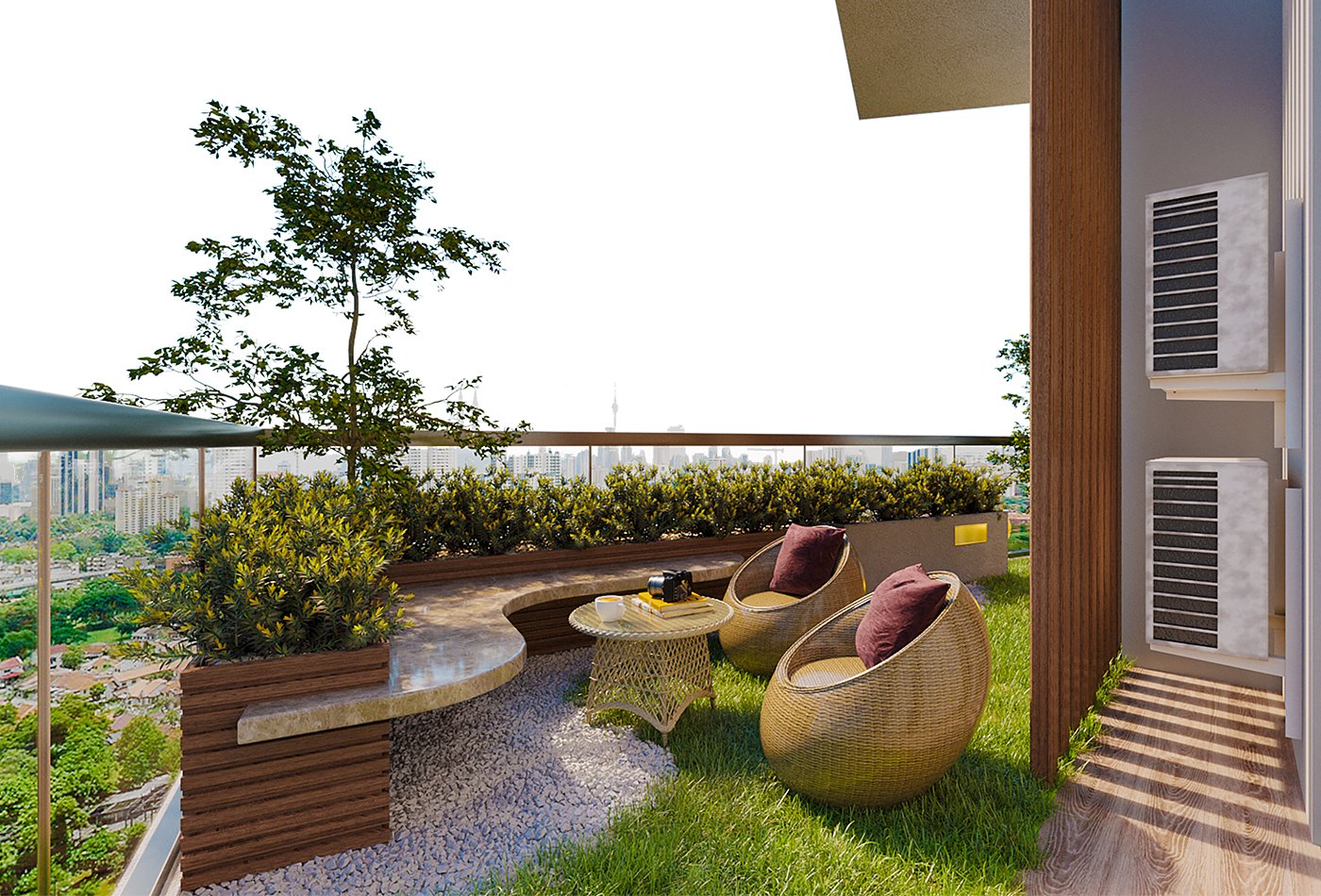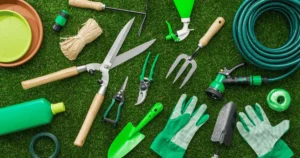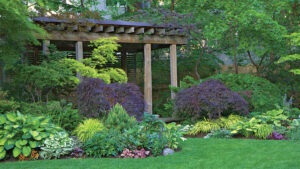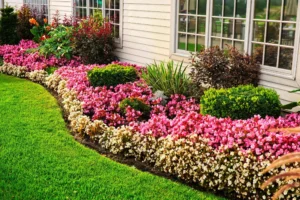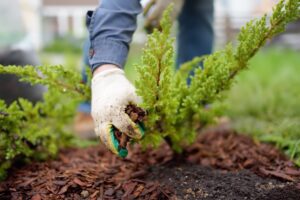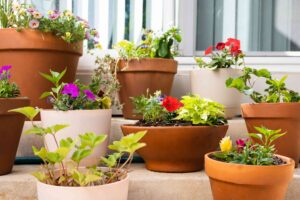Transforming Limited Space: The Complete Guide to Creating a Thriving Apartment Garden
Living in an apartment doesn’t mean sacrificing the joy of gardening or the pleasure of harvesting your own fresh produce. With thoughtful planning and the right approach, you can create a vibrant indoor garden that thrives in limited space, improves air quality, and provides fresh herbs and vegetables year-round. This comprehensive guide will walk you through everything you need to know about establishing, maintaining, and enjoying a successful apartment garden—from selecting the ideal containers and plants to maximizing limited light and space.
Why Create an Apartment Garden?
Before diving into the how-to, let’s understand the compelling reasons to grow an indoor garden in your apartment:
- Fresh Produce Access: Harvest organic herbs, greens, and even some vegetables steps from your kitchen.
- Improved Air Quality: Plants naturally filter air pollutants while adding oxygen and humidity to typically dry indoor environments.
- Mental Wellbeing: Studies show that tending plants reduces stress and anxiety while improving mood and concentration.
- Connection to Nature: Maintain a relationship with growing cycles even when living in urban environments.
- Educational Opportunity: Perfect for teaching children about plant biology, food systems, and responsibility.
- Visual Appeal: Transform sterile apartment spaces into vibrant, living environments with dynamic texture and color.
Assessing Your Apartment’s Growing Conditions
The first crucial step in creating a successful indoor garden is understanding the unique growing conditions of your apartment.
Light Evaluation
Light is typically the most limiting factor for indoor gardens. Before selecting plants, analyze your light situation:
- Identify Light Direction:
- South-facing windows provide the strongest, most consistent light (6+ hours of direct sun)
- East-facing windows offer gentle morning light (4-6 hours)
- West-facing windows deliver afternoon light, often more intense (4-6 hours)
- North-facing windows provide indirect light only (less than 4 hours)
- Measure Light Duration: Track sunlight patterns throughout the day, noting:
- Hours of direct sunlight (unobstructed sun rays hitting the area)
- Hours of bright indirect light (bright but not direct sun)
- Seasonal variations (winter light is significantly reduced)
- Document Obstacles: Note external factors affecting light:
- Building shadows from neighboring structures
- Trees or awnings blocking seasonal light
- Balcony or patio overhangs limiting light penetration
- Consider Artificial Lighting: For apartments with minimal natural light, catalog:
- Existing overhead lighting
- Spaces where grow lights could be installed
- Power outlet availability near potential growing spaces
Space Inventory
Next, create an inventory of potential growing spaces in your apartment:
- Window Areas:
- Windowsills (measure width, depth, and weight capacity)
- Space directly in front of windows (1-3 feet depth)
- Window-adjacent wall space for shelving
- Vertical Opportunities:
- Blank walls that could support hanging or wall-mounted planters
- Doorways suitable for over-door hanging systems
- Ceiling hooks or rails for hanging planters
- Bookcase or shelving units that could be repurposed
- Underutilized Spaces:
- Kitchen counters with ambient light
- Bathroom areas with humidity benefits
- Balcony or patio potential (consider microclimate and weight restrictions)
- Room corners suitable for corner plant stands
- Environmental Factors:
- Temperature fluctuations near windows or heat sources
- Humidity levels in different areas (bathrooms versus living spaces)
- Air circulation patterns and draft exposure
- Proximity to cooking fumes or chemical storage
Selecting the Right Containers for Apartment Gardening
The right containers are essential for apartment gardening success, balancing aesthetic appeal, functionality, and space efficiency.
Container Considerations
When selecting containers, evaluate these critical factors:
- Size Appropriateness:
- Match container depth to plant root requirements (herbs: 6″; leafy greens: 8″; tomatoes: 12″+)
- Consider mature plant size to avoid frequent transplanting
- Ensure width provides adequate stability without wasting space
- Drainage Capacity:
- Select containers with drainage holes to prevent root rot
- Use saucers, trays, or cachepots to catch water and protect surfaces
- Consider self-watering containers for consistent moisture in busy households
- Weight When Filled:
- Calculate filled weight (container + soil + plant + water)
- Verify surface weight limitations, especially for windowsills and shelving
- Consider lightweight alternatives like fabric or plastic for large plantings
- Mobility Features:
- Add casters to heavy containers for easy movement
- Select containers with built-in handles for seasonal repositioning
- Choose stackable designs for storage flexibility
Innovative Container Options for Apartments
Beyond basic pots, these specialized container systems maximize apartment gardening success:
Vertical Systems
- Wall Planters: Modular fabric or plastic pockets attach to walls for efficient space use
- Pocket Hanging Gardens: Shoe organizer-style multi-pocket systems for herbs and small greens
- Tower Gardens: Hydroponic vertical systems with minimal footprint for intensive production
- Trellis Containers: Integrated support systems for vining plants to grow upward
Space-Maximizing Containers
- Railing Planters: Secure to balcony railings with adjustable brackets
- Window Boxes: Both interior and exterior options utilizing window space
- Stackable Planters: Tiered systems that build upward rather than outward
- Corner Plant Stands: Triangular designs specifically for underutilized corners
Self-Contained Systems
- Smart Gardens: All-in-one systems with integrated lighting and automated watering
- Mason Jar Gardens: Passive hydroponic systems for herbs using recycled jars
- Microgreens Trays: Shallow, specialized containers for quick-growing nutrient-dense crops
- Terrarium Containers: Closed or semi-closed systems for humidity-loving plants
DIY Container Solutions
Create custom containers tailored to your specific needs with these approaches:
- Repurposed Household Items:
- Convert wooden wine crates into herb planters with added drainage
- Transform tin cans into colorful succulent holders
- Utilize deep dresser drawers as large planters with liners
- Space-Specific Solutions:
- Build custom window box shelving with adjustable heights
- Create under-cabinet hanging systems for kitchen herbs
- Design corner shelf units optimized for plant placement
- Multipurpose Designs:
- Room dividers with integrated planters
- Kitchen island carts with bottom plant storage
- Bookcase conversions with grow light integration
Indoor Garden Ideas for Apartments: Design Approaches
Creating a cohesive indoor garden requires thoughtful design. Consider these apartment garden approaches:
Kitchen Herb Garden
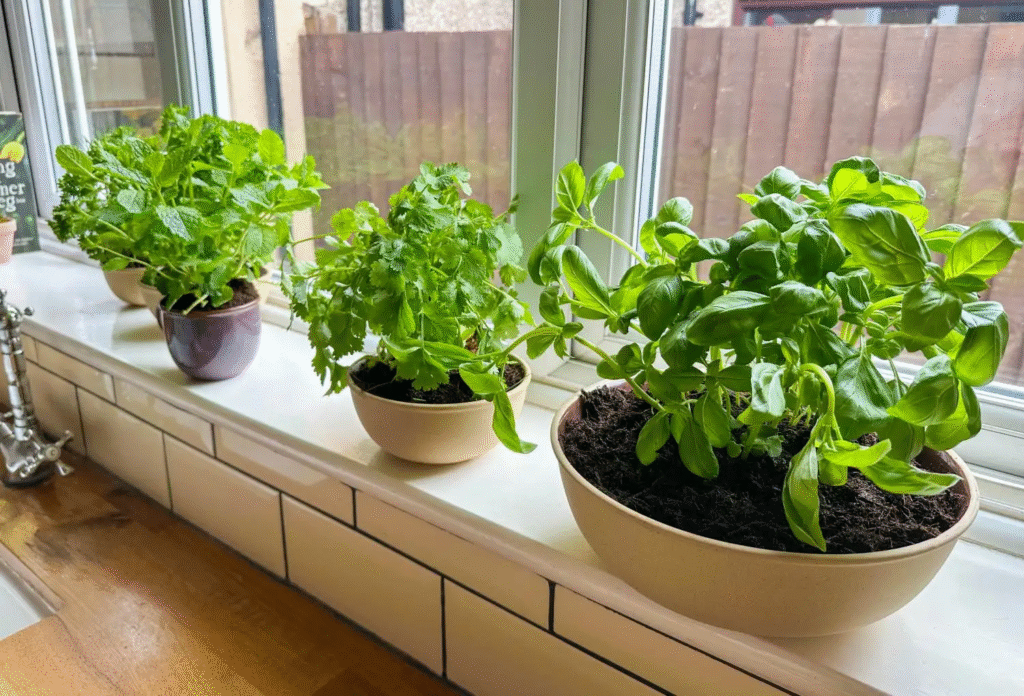
This practical approach focuses on culinary convenience:
- Placement: Directly in the kitchen or adjacent area with adequate light
- Container Strategy: Small, uniform containers on a dedicated shelf or window
- Plant Selection: Culinary herbs used regularly in your cooking
- Additional Features: Plant markers, convenient scissors for harvesting, rotation system for continual production
Edible Wall Garden
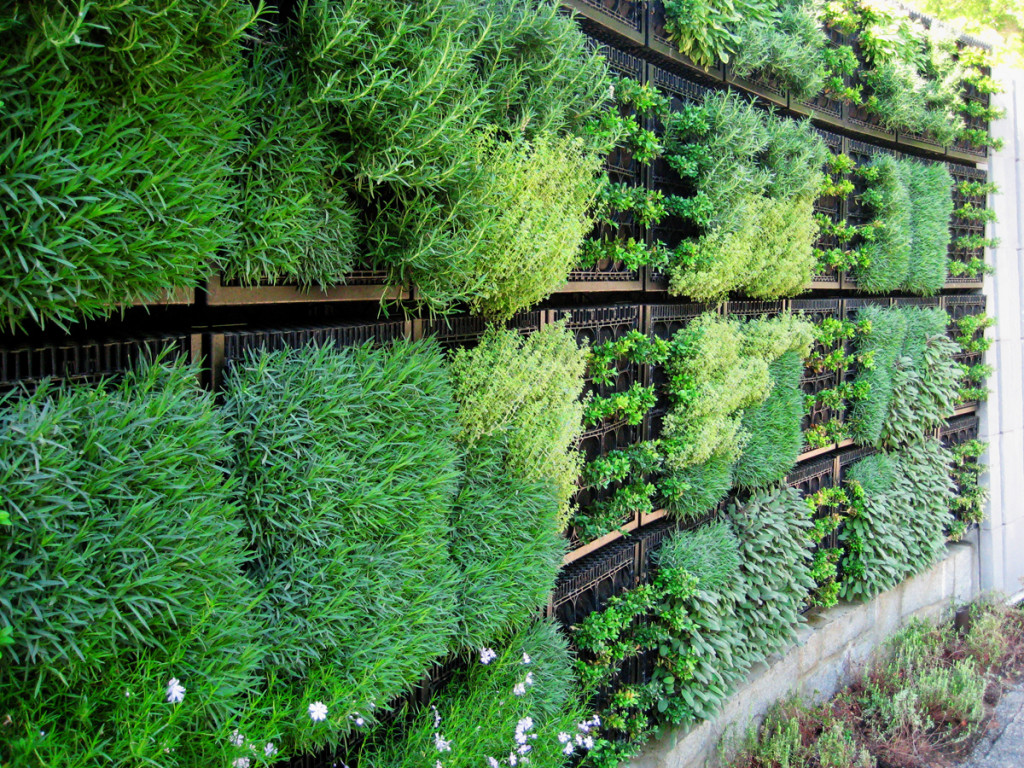
Maximize production in minimal space with vertical edible gardens:
- Placement: Brightest wall area available, often near south or west-facing windows
- Container Strategy: Wall-mounted systems, hanging pockets, or tension rod installations
- Plant Selection: Compact vegetables, herbs, and edible flowers arranged by light needs
- Additional Features: Drip irrigation systems, removable containers for maintenance, growing light supplements
Indoor Salad Garden
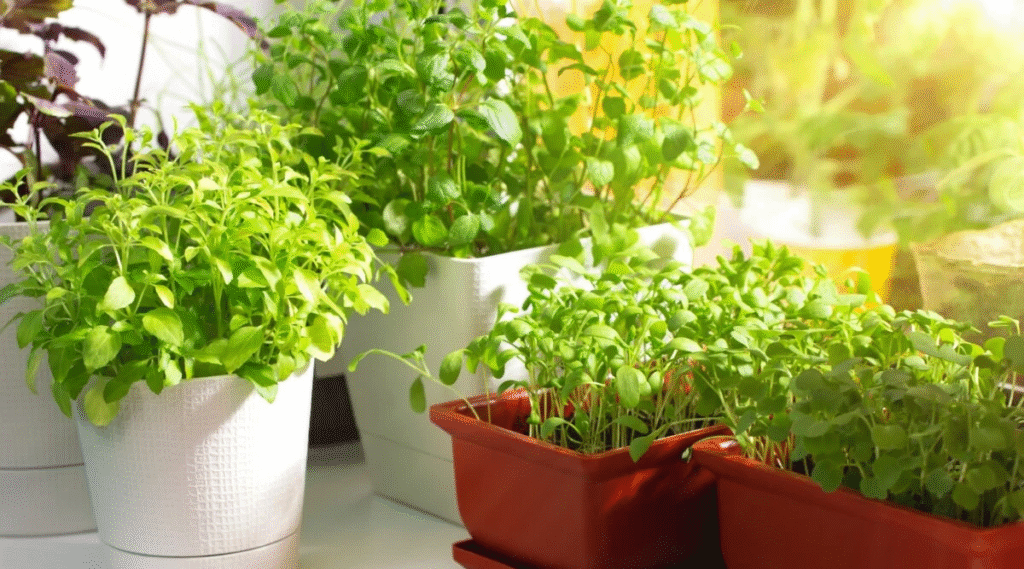
Focus on continuous leafy green production for daily harvests:
- Placement: Bright location with consistent temperature
- Container Strategy: Long, shallow containers optimized for leaf crops
- Plant Selection: Cut-and-come-again lettuce varieties, spinach, arugula, microgreens
- Additional Features: Succession planting schedule, protective covers for consistent humidity
Tropical Productive Garden
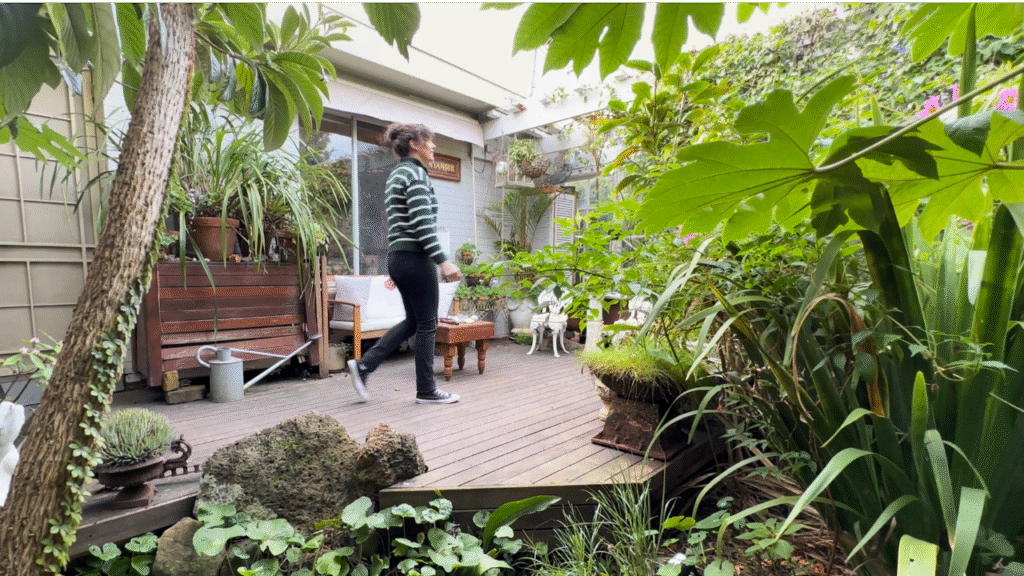
Combine visual appeal with edible tropical species:
- Placement: Bright, warm areas away from drafts
- Container Strategy: Larger pots for specimens, hanging systems for vining varieties
- Plant Selection: Dwarf citrus, pineapple plants, passion vines, pepper varieties
- Additional Features: Humidity trays, seasonal fertilization schedule, pollination tools
Smart Garden System
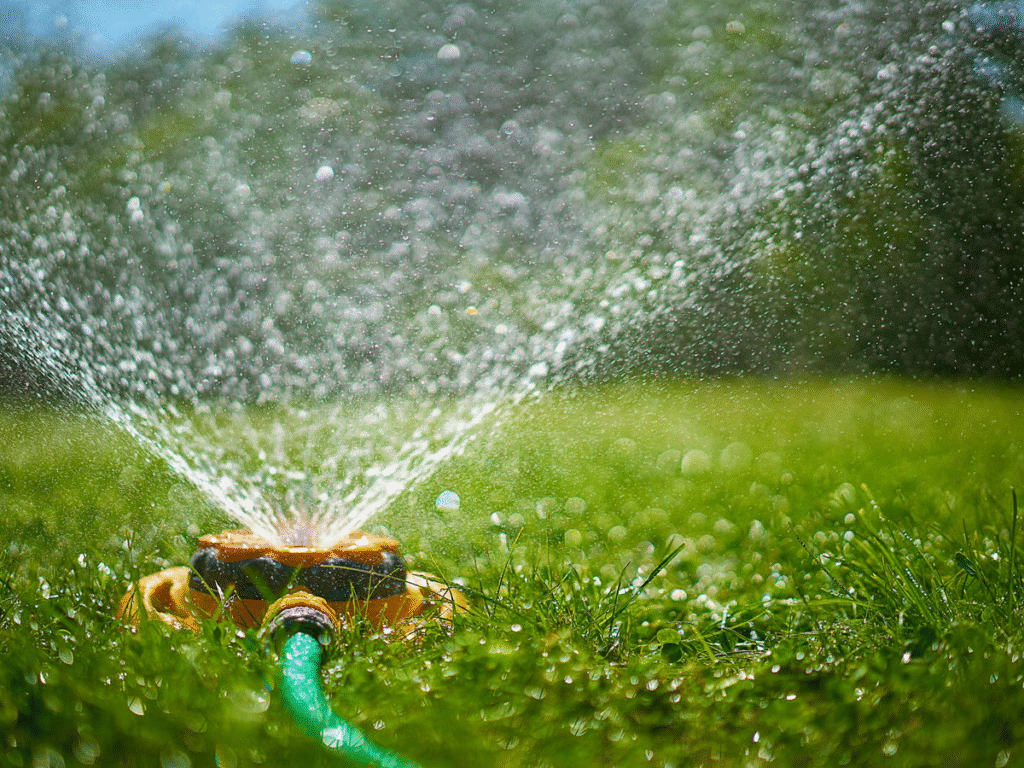
Leverage technology for optimal results in challenging spaces:
- Placement: Can work in lower-light areas with integrated lighting
- Container Strategy: All-in-one systems with water reservoirs and lighting
- Plant Selection: Compatible seed pods or specially sized plants for system
- Additional Features: Automated timers, water level indicators, specialized nutrients
Growing Vegetables Indoors: Apartment-Friendly Crops
While not all vegetables thrive indoors, many can produce impressive harvests with the right conditions.
Best Vegetables for Indoor Growing
Focus on these reliable indoor performers:
Leafy Greens (Easy Success)
- Lettuce Varieties: Loose-leaf types like ‘Black Seeded Simpson’ and ‘Red Sails’
- Asian Greens: Bok choy, tatsoi, and mizuna for fast growth and minimal space
- Spinach: Compact varieties like ‘Melody’ and ‘Space’ bred for container growing
- Swiss Chard: ‘Bright Lights’ provides ornamental appeal with cooking versatility
Herbs (Most Reliable)
- Basil: Sweet, Thai, and purple varieties all perform well
- Mint Family: Mint, oregano, thyme adapt readily to indoor conditions
- Cilantro/Parsley: Shallow-rooted herbs perfect for window growing
- Chives: Provide months of continuous harvest with minimal care
Fruiting Crops (With Sufficient Light)
- Cherry Tomatoes: Dwarf varieties like ‘Tiny Tim’ or ‘Red Robin’ (need 8+ hours of bright light)
- Peppers: Compact varieties like ‘Redskin’ or ornamental peppers
- Strawberries: Alpine varieties produce small, intensely flavored berries year-round
- Dwarf Eggplant: ‘Fairy Tale’ or ‘Patio Baby’ in large containers
Root Vegetables (With Deep Containers)
- Radishes: Fast-growing for quick satisfaction
- Baby Carrots: Short varieties like ‘Paris Market’ or ‘Romeo’
- Beets: Harvest both for greens and small roots
- Scallions: Continuous growth with minimal space requirements
Indoor Vegetable Growing Requirements
For successful indoor vegetable production, provide:
- Light Intensity:
- Leafy greens: Minimum 4-6 hours bright indirect light
- Fruiting vegetables: 8-12 hours bright direct light or grow light supplementation
- Root vegetables: 6-8 hours bright light
- Container Depth:
- Leafy greens/herbs: 6-8 inches
- Fruiting vegetables: 12-14 inches minimum
- Root vegetables: Depth equal to expected root length plus 2 inches
- Temperature Range:
- Most vegetables: 65-75°F (18-24°C) daytime
- Night temperature drop of 5-10°F beneficial
- Avoid cold drafts or heat vent proximity
- Pollination Strategies:
- Hand pollination using small brush for fruiting plants
- Gentle shaking of plants when flowers are open
- Air circulation to distribute pollen
Indoor Garden Ideas: Specialty Garden Concepts
Beyond basic vegetable gardens, consider these specialized indoor garden approaches:
Microgreens Production Station
Create a dedicated system for these nutrient-dense crops:
- Setup: Shallow trays with organic seedling mix in brightest location
- Planting Strategy: Dense seeding of diverse varieties (sunflower, radish, pea, broccoli)
- Rotation System: New trays started weekly for continuous harvest
- Harvest Approach: Cut at 2-3 inches tall, approximately 10-14 days after planting
Countertop Hydroponic Garden
Soil-free growing for clean kitchen production:
- System Types: Passive Kratky jars, active water culture, or commercial units
- Plant Selection: Fast-growing herbs and lettuces specifically bred for hydroponics
- Maintenance: Regular nutrient solution changes, pH monitoring
- Benefits: Faster growth than soil, no messy potting medium
Edible Flower Collection
Combine beauty with culinary applications:
- Container Approach: Decorative pots arranged by color or flowering time
- Plant Selection: Nasturtiums, pansies, borage, calendula, and dianthus
- Usage: Garnishes, salad ingredients, tea ingredients, and crystallized decorations
- Care Strategy: Deadheading to encourage continuous blooming
Indoor Tea Garden
Grow your own herbal tea ingredients:
- Container Arrangement: Grouped containers in bright, accessible location
- Plant Selection: Mint varieties, lemon balm, chamomile, lemon verbena, and stevia
- Harvesting System: Small-batch drying rack or dehydrator
- Storage: Decorative jars for displaying dried herbs
Essential Supplies for Apartment Gardening Success
Beyond containers and plants, these supplies ensure indoor gardening success:
Growing Medium
Select appropriate soil for apartment growing:
- Standard Potting Mix: Lightweight, sterile base for most plants
- Cactus/Succulent Mix: Fast-draining option for drought-tolerant plants
- Herb/Vegetable Mix: Higher organic matter content for edibles
- Soilless Mix: Coconut coir or peat-based options for cleaner indoor use
Watering Tools
Precise watering prevents mess and ensures plant health:
- Long-Spout Watering Can: Allows targeted watering without spills
- Moisture Meter: Prevents overwatering, the most common indoor garden mistake
- Self-Watering Devices: Glass globes or wicking systems for vacation periods
- Spray Bottles: For humidity management and gentle seedling watering
Light Supplementation
For apartments with insufficient natural light:
- Full-Spectrum LED Grow Lights: Energy-efficient complete light spectrum
- Clip-On Grow Lights: Flexible positioning for targeted illumination
- Light Timers: Ensure consistent light periods
- Reflective Materials: Maximize existing light with mylar or white surfaces
Maintenance Tools
Right-sized tools for apartment gardening:
- Pruning Scissors: Precise cutting for harvesting and maintenance
- Mini Trowel Set: Small-scale tools for container work
- Plant Supports: Right-sized stakes, cages, and trellises
- Hand Mister: Increase humidity for tropical plants
Apartment Garden Maintenance Calendar
Successful apartment gardens require consistent, seasonal care:
Weekly Maintenance
- Observation: Check all plants for signs of stress, pest issues, or disease
- Watering: Test soil moisture before watering, typically 1-2 times weekly
- Harvesting: Pick mature herbs and vegetables to encourage production
- Rotation: Turn plants 1/4 turn to ensure even growth toward light
Monthly Tasks
- Fertilization: Apply diluted liquid organic fertilizer (half recommended strength)
- Pruning: Remove leggy growth, shape plants for bushier habit
- Propagation: Take cuttings of successful plants for expansion or sharing
- Cleaning: Dust leaves, clean containers, and remove any salt buildup
Seasonal Activities
- Spring: Repot root-bound plants, start warm-season vegetables, increase fertilization
- Summer: Adjust for heat and AC effects, increase watering frequency, provide shade if needed
- Fall: Reduce fertilizer, bring outdoor plants inside before temperatures drop
- Winter: Supplement light for shorter days, reduce watering, monitor humidity levels
Common Apartment Garden Challenges and Solutions
Even well-planned indoor gardens face challenges. Here are solutions to typical issues:
Insufficient Light
Symptoms:
- Leggy, stretched plant growth
- Pale leaves or weak stems
- Minimal flowering or fruiting
- Leaning dramatically toward light source
Solutions:
- Relocate plants to brightest available location
- Install full-spectrum grow lights 6-12 inches above plants
- Use reflective surfaces to maximize existing light
- Choose shade-tolerant plants for low-light conditions
- Rotate plants 1/4 turn weekly for even growth
Pest Infestations
Common Culprits:
- Spider mites (tiny specks with fine webbing)
- Fungus gnats (small flying insects from soil)
- Aphids (clustering on new growth)
- Scale (immobile bumps on stems and leaves)
Solutions:
- Quarantine new plants before introducing to collection
- Regularly inspect leaf undersides and stem joints
- Apply insecticidal soap or neem oil for mild infestations
- Introduce beneficial insects for larger collections
- Address immediately—pests spread quickly in indoor conditions
Environmental Stress
Signs:
- Leaf edges browning (low humidity or fertilizer burn)
- Yellowing lower leaves (often overwatering)
- Wilting despite moist soil (root issues or high temperatures)
- Leaf drop (temperature fluctuations or drafts)
Solutions:
- Use humidity trays under plants in dry environments
- Group plants to create humidity microclimates
- Protect from drafts, heating vents, and AC outflow
- Maintain consistent temperature range (65-75°F ideal for most plants)
Space Constraints
Challenges:
- Overcrowding leading to poor air circulation
- Light competition between plants
- Limited working space for maintenance
- Aesthetic concerns in small living areas
Solutions:
- Implement vertical growing systems to utilize wall space
- Rotate seasonal plants rather than growing everything simultaneously
- Choose compact varieties bred specifically for containers
- Integrate plants into existing furniture with stands and hangers
Project Showcase: Three Successful Apartment Gardens
Studio Apartment Kitchen Garden
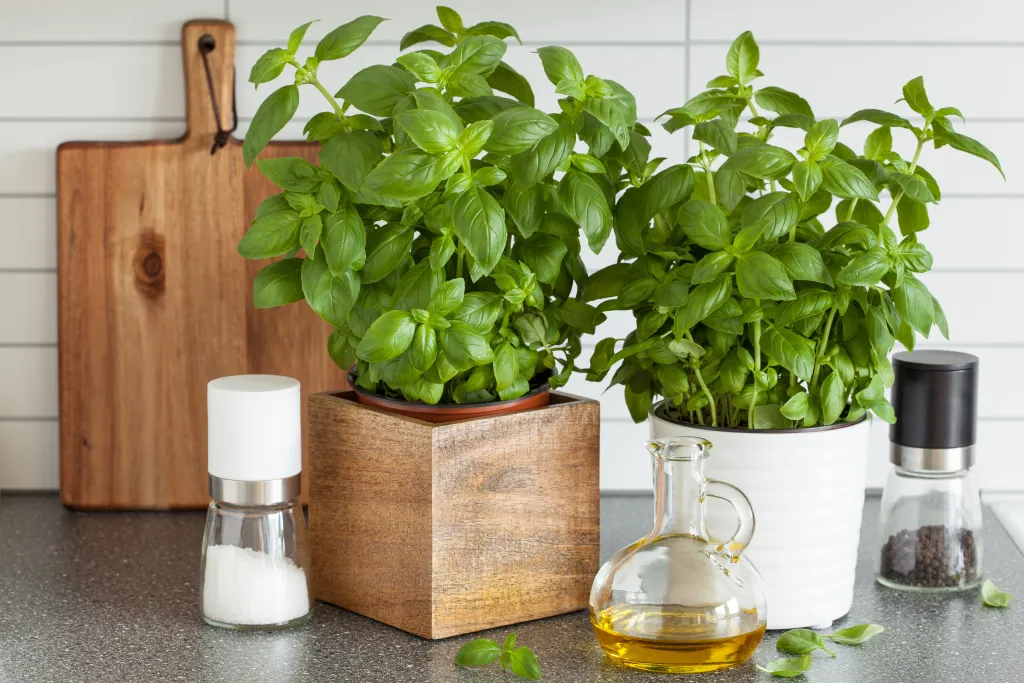
Apartment Type: 450 sq ft studio with eastern exposure Challenge: Very limited counter and floor space Design Approach: Magnetic and hanging systems in kitchen area Key Features:
- Wall-mounted magnetic herb containers above sink
- Hanging tiered planter in kitchen window
- Under-cabinet LED grow light strip
- Microgreens rotation on refrigerator top Results: Fresh herbs and greens production of 2-3 cups weekly
One-Bedroom with Indoor Salad Garden
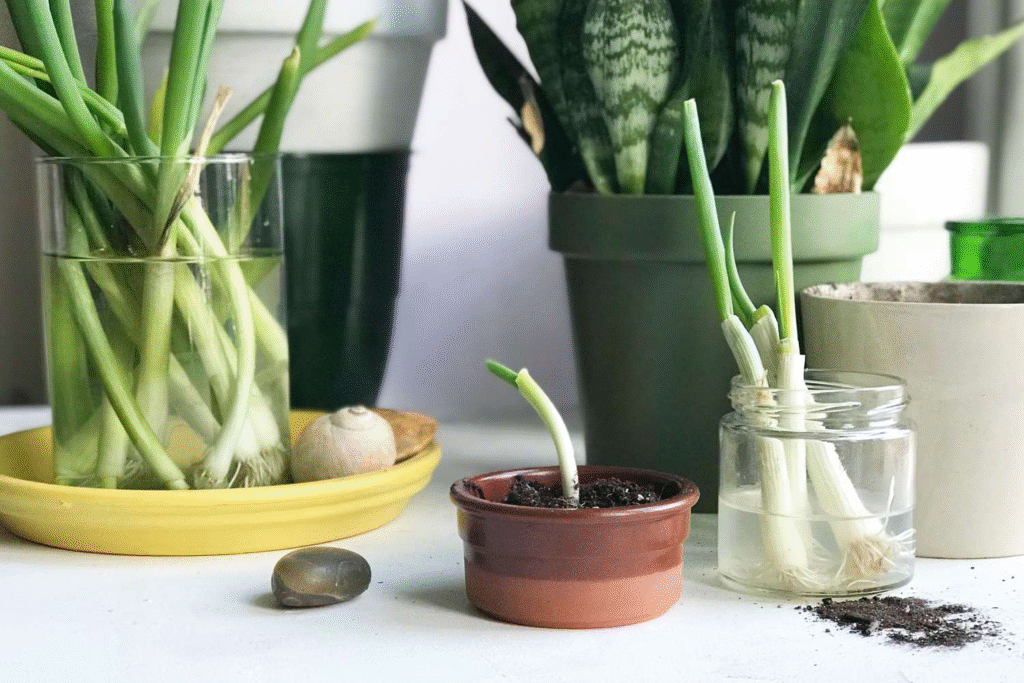
Apartment Type: 750 sq ft one-bedroom with southern balcony Challenge: Desire for significant vegetable production Design Approach: Multi-tiered growing system with hydroponics Key Features:
- Three-tier rolling plant stand by brightest window
- Window box lettuce garden inside balcony door
- Hydroponic system for high-yield herbs
- Vertical trellis for compact sugar snap peas Results: 70% reduction in purchased salad greens, continuous herb supply
Urban Loft Vertical Vegetable Garden
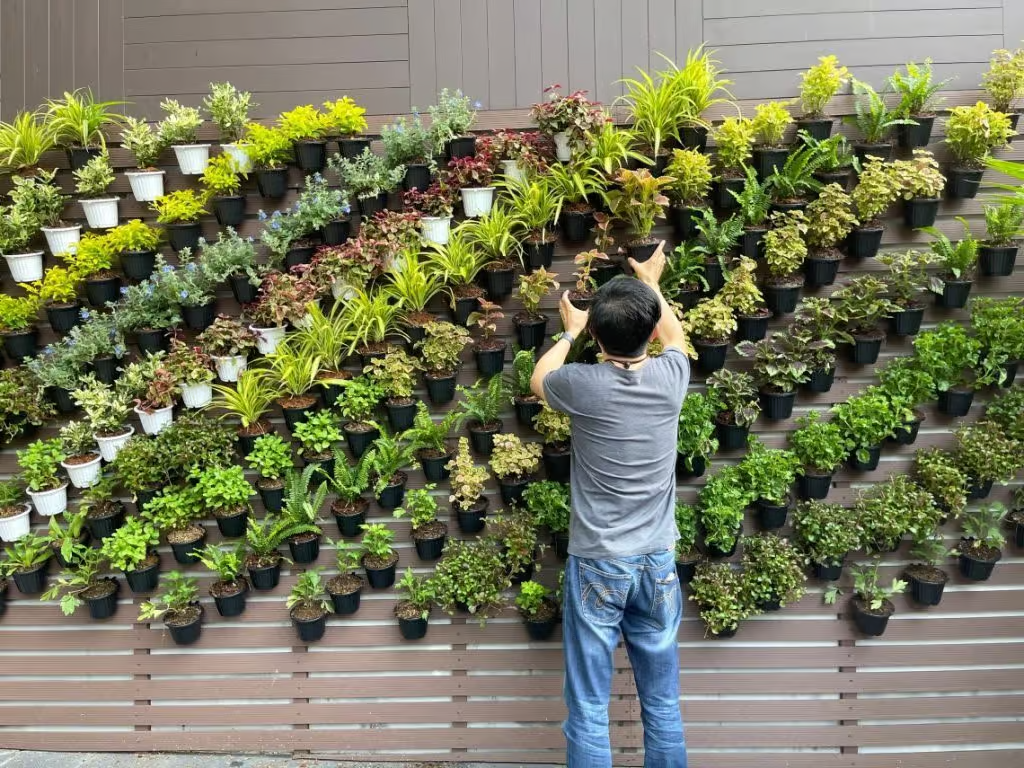
Apartment Type: 900 sq ft converted loft with large western windows Challenge: Industrial space with concrete floors and minimal traditional surfaces Design Approach: Floor-to-ceiling vertical garden as room divider Key Features:
- Custom pipe shelving system with grow lights
- Staggered container sizes based on plant needs
- Self-watering reservoir system with overflow protection
- Companion planting for pest management Results: Year-round production of herbs, greens, and small fruiting crops
Conclusion: The Evolving Beauty of Apartment Gardens
An apartment garden is a dynamic, living element of your home that changes with the seasons and your growing experience. With thoughtful planning, appropriate containers, and consistent care, even the smallest urban spaces can become productive growing environments that nourish both body and spirit.
By following the guidance in this article, you’ll transform underutilized spaces into vibrant ecosystems that connect you to natural cycles while providing fresh produce steps from your kitchen. Your apartment garden will evolve as you gain experience, adapting to your specific needs and interests while requiring minimal space and resources.
As you begin your apartment gardening journey, remember that each plant you grow contributes to a healthier indoor environment and a more sustainable approach to food production. Start small, observe closely, and allow your indoor garden to grow organically—both literally and figuratively—into a system that brings daily joy and satisfaction.
